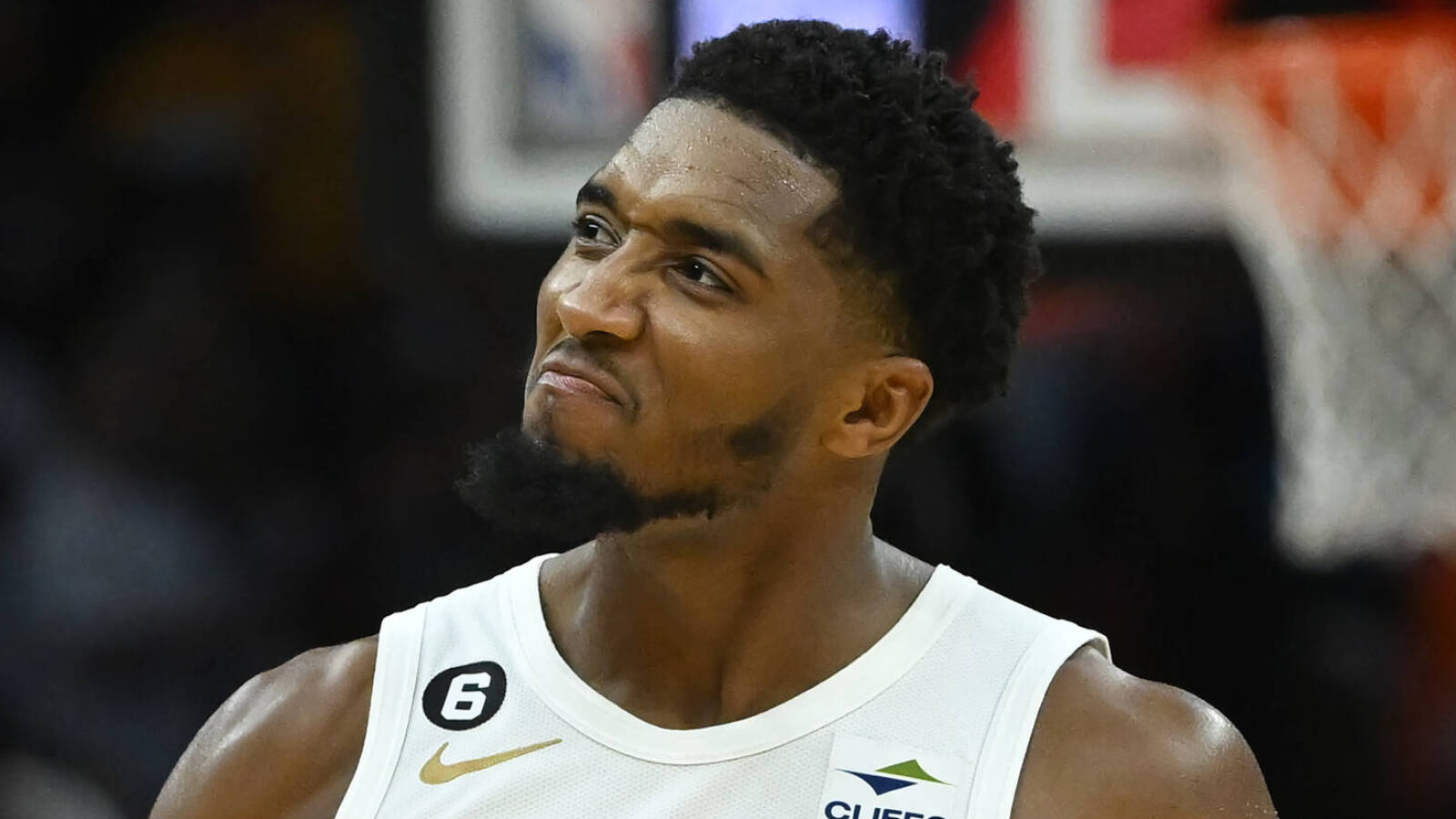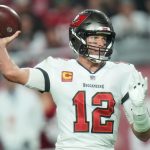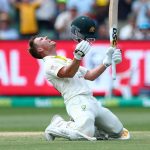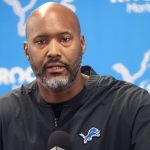Breaking down the Donovan Mitchell trade to the Cavaliers

Mitchell has never played with a team as talented as the current Cavs roster. Garland, Mobley, and Allen are all under 25 years old and should continue to improve over time. Both Garland and Allen had enormous developmental leaps in ‘21/22 when they were named first-time All-Stars, and Mobley, the Rookie of the Year runner-up, might have the highest ceiling of all four players, though Mitchell is certainly the best – and most accomplished – of the group right now.
The Cavs were one of the more entertaining teams to watch last season due to their cohesion, defense, and unselfish ball movement. They played like a true team – one that genuinely enjoyed sharing the court with one another and found joy in the success of teammates.
However, one of the things Cleveland lacked last season was a jolt of athleticism and shot creation to alleviate pressure off Garland, who faced frequent double teams after season-ending knee injuries to Sexton and Ricky Rubio. Mitchell provides that and much more. His addition means the team’s offense will likely approach the top 10 in ’22/23 after ranking a mediocre 20th last season.
For all of Mitchell’s strengths on offense, he makes some questionable decisions, posting a 1.79-to-1 assist-to-turnover ratio last season, a below-average mark for any guard, let alone high-usage ball-handler (his career mark is only 1.76-to-1). Some of his turnovers are due to him being a very right-hand dominant dribbler, which is partly why he’s never been a full-time point guard (on Sunday, the Wizards nearly stole the game away from Mitchell – quite literally – on consecutive possession to force overtime).
He has improved as a passer over the years, but his placement is off at times, and he’ll occasionally force passes and bad shots when pressured. That was particularly the case at the end of games last season when the Jazz had multiple fourth-quarter collapses.
To illustrate the latter point, Mitchell attempted the second-most shots in the league in clutch situations last season (scoring within five points in the last five minutes of the fourth quarter), but among the 44 players who attempted at least 40 such shots, Mitchell ranked 40th in field goal percentage at 32.9%, posting an overall shooting slash line of .329/.172/.667, per NBA.com. For context, his regular season slash line was .448/.355/.853.
For those who say he had no help, his former teammate, Mike Conley, was No. 8 in field goal percentage in the clutch, posting a shooting line of .469/.462/.786. In the playoffs, among the 32 players who attempted at least five shots in the same situations, Mitchell ranked No. 27 in field goal percentage at 27.3%.
That’s not to say that Mitchell isn’t clutch, because small sample sizes typically lead to a lot of variation in results (for instance, Devin Booker was last in high-volume clutch FG% in ‘20/21 but first in ‘21/22). He just had a down season in that regard, and he has had some epic playoff performances in the past.
The Cavs were able to keep their three best players out of the trade, but they dealt away nearly everything else they had to offer: A couple of starting-caliber former lottery picks (Markkanen and Sexton), a lottery pick in this year’s draft (Agbaji), unprotected first-rounders in 2025, 2027, and 2029, and first-round pick swaps in 2026 and 2028.
Accelerating a rebuild in the manner Cleveland did is interesting because while the team certainly gave up a lot, you can’t really classify it as an “all-in” move, since they were able to keep the young trio out of the deal. Cleveland had an excellent net rating when Garland, Allen, and Mobley were on the court last season, and adding Mitchell should only enhance that.
Barring major injuries, the Cavaliers should at minimum be in the playoff mix for the next three years, with their top four players under contract through at least ‘24/25. I don’t necessarily think they’re a top-six lock in ‘22/23, even after landing Mitchell, because the East looks really strong, but I do think they’ll end up making it in (if I had to make a prediction, I’d probably put them fifth or sixth).
Where the Cavaliers finish in the standings will largely depend on chemistry and internal development, but they’ve got the high-end talent to be very good for a long time – this trade was just as much about the future as the present. There are some injury concerns, as Garland, Mobley, Allen, Caris LeVert, Dean Wade, and Isaac Okoro all missed several games last season, Rubio is still recovering from a torn ACL, and Kevin Love has a lengthy injury history.
The draft capital Cleveland traded to Utah is so far into the future that it’s kind of pointless to speculate about its present value because so many things can change in the meantime, but the 2025 pick seems pretty likely to be in the late teens or 20s right now. Still, if Mitchell leaves in free agency that summer, the picks in ’27 and ’29 could be enticing, and trading away unprotected picks always carries a lot of risks (the swaps in ’26 and ’28 will only matter if the Cavs are worse than the Jazz in those years, which certainly isn’t a given).
Part of that risk isn’t necessarily where a pick might land in the future, but the opportunity cost. As an example, the Cavaliers acquired Allen by trading away a Bucks first-rounder they controlled from a prior deal, but trading for Mitchell – and previously acquiring LeVert – has left the first-round cupboard bare (Cleveland can’t trade its 2024 first due to the Stepien rule).
While it’s true that the Cavs could theoretically trade Mitchell in a year or two if things don’t work out, they wouldn’t receive the same amount of assets that they gave up in that scenario because Mitchell would be that much closer to free agency. The team acquiring him would basically have to have a handshake agreement that he’d re-sign in order to offer a similar type of haul.
Mitchell is an undeniably great player and the Cavs pounced on the opportunity to land him, creating one of the most exciting young cores in the league, with all four players under contract long-term. Dealing away substantial assets as they did is simply what it takes to land a player of Mitchell’s caliber – time will tell if it pays off, but he’s certainly off to a great start.
The Jazz’s perspective:
Utah was unable to advance past the second round of the playoffs with Mitchell and Gobert as the team’s two best players despite having a lot of regular season success – the Jazz were tied with Denver for the most wins in the West over the past four years. The ship had run its course, and everyone knew it.
In the NBA, sometimes you have to take a step back to have a chance at a brighter future, even if it’s a tough pill to swallow in the short term. With an aging, expensive roster and a lack of future picks, Utah’s only real option was to retool the roster, and that’s what the front office has done.




